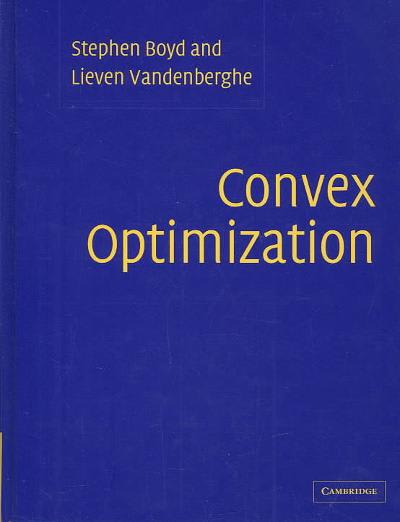Question
Part A. Homework problems to do by hand (questions) Be sure to show ALL of your work! You will not get ANY credit without showing
Part A. Homework problems to do by hand (questions)
Be sure to show ALL of your work! You will not get ANY credit without showing your work. Pro tip: you can copy and paste the formulas from the class slides to give yourself an equation template.
- (3 points) If we increase our food intake, we generally gain weight. Nutrition scientists can calculate the amount of weight gain that would be associated with a given increase in calories. In one study, 160 non-obese adults, aged 25 to 36 years, were fed 1000 calories per day in excess of the calories needed to maintain a stable body weight. The subjects maintained this diet for 8 weeks, so they consumed a total of 56,000 extra calories. According to theory, 3500 extra calories will translate into a weight gain of 1 pound. Therefore, we expect each of these subjects to gain 56,000/3500 =16 pounds (lb).The actual average weight gain in the sample was 10.56 pounds and the standard deviation was 3.685.
Test the null hypothesis that the mean weight gain is 16 lb using a one-sided alternative. Specify each of the 5 steps of a significance test: (1) state the null and (2) the alternative hypothesis, (3) calculate the test statistic and (4) the P-value, (5) then interpret what you find. What do you conclude? Since the sample size is large enough, you can use a z-score and get p-values from table A in the book (the table for standard normal cumulative proportions). Use an alpha significance level of 0.05 to decide whether or not to reject the null hypothesis. Tip: Remember that you can sketch the normal curve and shade the part(s) that you are looking for to help keep things straight in your mind.
- (3 points) Nonexercise activity thermogenesis (NEAT) provides a partial explanation for the results you found in the previous analysis. NEAT is energy burned by fidgeting, maintenance of posture, spontaneous muscle contraction, and other activities of daily living. In the study of the previous exercise, the 160 subjects increased their NEAT by 328 calories per day, on average, in response to the additional food intake. The standard deviation was 256.
Test the null hypothesis that there was no change in NEAT (NEAT = 0 calories per day) using a two-sided alternative. Specify each of the 5 steps of a significance test: (1) state the null and (2) the alternative hypothesis, (3) calculate the test statistic and (4) the P-value, (5) then interpret what you find. What do you conclude? Since the sample size is large enough, you can use a z-score and get p-values from table A in the book (the table for standard normal cumulative proportions). Use an alpha significance level of 0.05 to decide whether or not to reject the null hypothesis. Tip: Remember that you can sketch the normal curve and shade the part(s) that you are looking for to help keep things straight in your mind.
Step by Step Solution
There are 3 Steps involved in it
Step: 1

Get Instant Access to Expert-Tailored Solutions
See step-by-step solutions with expert insights and AI powered tools for academic success
Step: 2

Step: 3

Ace Your Homework with AI
Get the answers you need in no time with our AI-driven, step-by-step assistance
Get Started


